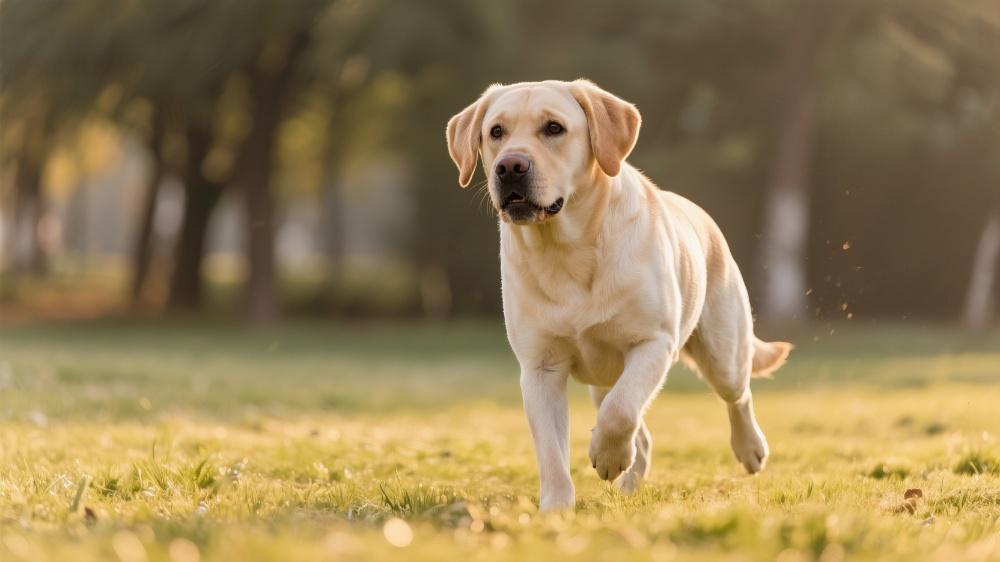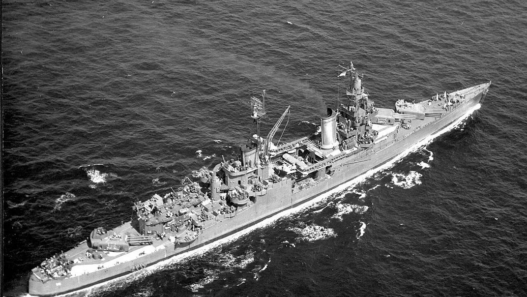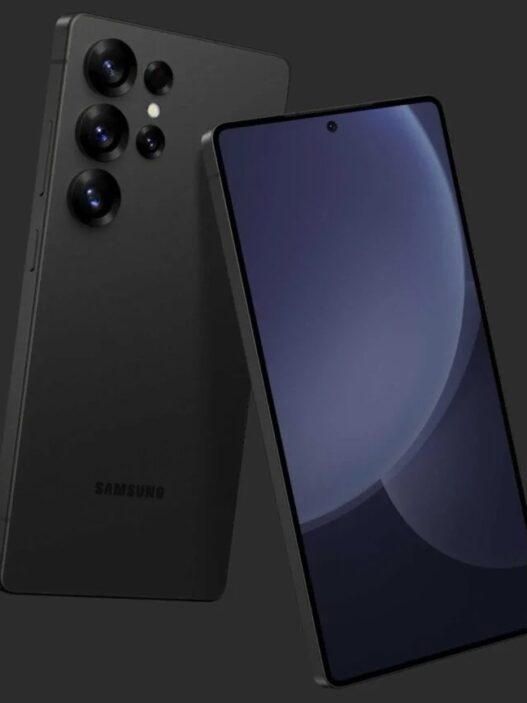选择你的第一只狗既令人兴奋又有点不知所措。无论这只小狗是您忠实的伴侣、您孩子的新玩伴,还是您与伴侣分享的“毛茸茸的宝宝”,有一点真正重要:您带回家的狗应该舒适地融入您的生活方式。
虽然每只狗都是独立的个体,但不同品种的狗往往具有可预测的特征——能量水平、梳理需求、体型、性情——这些特征可以引导您找到良好的匹配对象。品种如贵宾犬,拉布拉多猎犬,伯恩山犬, 和约克夏犬众所周知,对初学者友好。
作为新的狗父母,您将学习从如厕训练和喂养程序到美容和基本医疗保健的所有知识。你和你的新伴侣还将经历一个适应期——这是一个你们了解彼此习惯和性格的重要阶段。你最不想看到的就是在结合后发现自己选错了品种。幸运的是,有些品种由于其温和的性情、可训练性和低维护性,对于初学者来说始终更容易。
以下是最适合初次养狗的狗品种,以及它们为何如此理想的原因。
是什么让一个品种适合初学者
对于首次饲养者来说,最好的品种是其气质和活力自然符合您的生活方式的品种。
如果你想要一个跑步伙伴,一只像这样的高耐力狗拉布拉多猎犬很完美。
如果你更喜欢温柔的膝上伴侣——比如温柔的骑士查理王小猎犬——那么应该避免高辛烷值品种。
如果您不喜欢梳理毛发,请选择低维护品种,例如优雅的品种巴比龙。
请记住:所有的狗都需要护理、训练和兽医的关注。许多初次主人在收养成年救援犬方面表现得非常好,因为大多数救援犬已经具备了基本的礼仪和社交能力,而小狗则需要强化训练、持续的监督和耐心。
01.伯恩山犬

一个令人惊讶的温柔巨人,伯恩山犬体型高大、充满爱心、聪明且渴望取悦他人。他们对孩子们非常友善,并且乐于参加任何家庭活动——无论是在后院玩耍还是在室内放松。尽管它们体型庞大,但它们并不具有攻击性,甚至可以成为可靠的看门狗。只要知道它们掉毛严重,需要定期刷牙。
品种事实
• 小组:工作
• 高度:23–27.5 英寸
• 重量:70–115 磅
• 被毛:中等双层被毛;三色(黑色、铁锈色、白色)
• 使用寿命:7-10 年
02.比熊犬

开朗、活泼的比熊犬是家庭、公寓居民或任何想要一个可爱伴侣的人的理想选择。它们看起来像蓬松的白色棉球,通常很容易训练。他们通过适度的日常锻炼保持快乐,但他们的卷曲皮毛确实需要定期专业梳理。
品种事实
• 组别:非体育类
• 高度:9–12 英寸
• 重量:7–12 磅
• 被毛:白色、柔软、卷曲的被毛(可能有杏色或奶油色)
• 寿命:14–15 年
03.拳击手

如果您想要一只充满顽皮活力的中型到大型犬,拳击手非常适合。忠诚、以人为本、与活跃的家庭相处融洽,如果给予适当的锻炼和结构化的训练,拳击手就会茁壮成长。尽管拳师犬可能很亢奋,但它们学得很快并且喜欢受到关注。它们是天生的守护者,而且很容易梳理。
品种事实
• 小组:工作
• 高度:21–25 英寸
• 重量:55–70 磅
• 被毛:短;小鹿或斑纹
• 使用寿命:10-12 年
04.骑士查理王小猎犬

这骑士查理王小猎犬温柔、深情、永远都是小狗脸。它们的适应能力很强,非常适合孩子们,它们娇小、聪明,而且冷静得迷人。他们的运动需求适中,他们的日常梳洗只需定期刷牙即可管理。
品种事实
• 组: 玩具
• 高度:12–13 英寸
• 重量:13–18 磅
• 被毛:长,丝质;有四种颜色
• 寿命:12-14 年
05.金毛猎犬

金毛猎犬实际上是家庭友善狗的吉祥物。聪明、忠诚、永远愿意取悦他人金毛猎犬与每个人相处融洽——尤其是孩子。他们需要持续锻炼才能保持快乐,但他们很容易训练并且喜欢学习新技能。它们飘逸的皮毛需要定期梳理。
品种事实
• 组别:运动
• 高度:21.5–24 英寸
• 重量:55–75 磅
• 被毛:中等长度的双层被毛;金色色调
• 使用寿命:10-12 年
06.大丹犬

不要让它们巨大的体型欺骗了你——大丹犬他们以温柔、忠诚和愚蠢着称。他们热爱家庭生活,并且在室内出奇地悠闲。训练是必不可少的,因为它们的体型很大,而且它们确实会流口水,尽管它们的短毛掉毛很少。
品种事实
• 小组:工作
• 高度:28–32 英寸
• 重量:110–175 磅
• 被毛:短、光滑;许多颜色
• 使用寿命:7-10 年
07.拉布拉多猎犬

作为世界上最受欢迎的品种之一,拉布拉多猎犬适应性强、深情、聪明,非常适合有孩子的家庭。他们与人民联系紧密,并在充满活力的家庭中茁壮成长。实验室喜欢玩耍、取东西、奔跑和拥抱。除了管理季节性脱落外,梳理工作也很少。
品种事实
• 组别:运动
• 高度:21.5–24.5 英寸
• 重量:55–80 磅
• 被毛:短而浓密的双层被毛(黄色、黑色、巧克力色)
• 使用寿命:10-12 年
08.马耳他语

可爱的马耳他语性情甜美,充满爱心,非常适合那些喜欢小而温柔的伴侣的人。它们漂亮的长毛可以剪短,以便于打理。它们掉毛很少,但每天刷牙对它们有好处。马尔济斯犬不需要太多运动,而且喜欢单圈时间。
品种事实
• 组: 玩具
• 高度:7–9 英寸
• 重量:7 磅以下
• 被毛:长、丝质、白色
• 寿命:12-15 年
09. 混种狗

混种狗值得同样多的爱和考虑。他们是很好的伴侣,而且性情平衡。收容所里到处都是令人惊叹的混种小狗,工作人员可以帮助您找到个性适合您需求的小狗。您还可以通过以下方式了解有关您的狗的遗传特征的更多信息狗DNA测试。
10.巴比龙

活泼、优雅巴比龙虽然很小,但他们开朗的性格充满了整个房间。它们很容易训练,对孩子们很好(他们会温柔地对待他们),并且对活跃或轻松的家庭感到满意。它们的长单层毛发需要适度的梳理。
品种事实
• 组: 玩具
• 高度:8–11 英寸
• 重量:6–10 磅
• 被毛:长、直;白色,带有彩色标记
• 寿命:14-16 年
11.博美犬

蓬松的博美犬深情、警觉,并且与它最喜欢的人有着紧密的联系。它们最适合与年龄较大、性格温和的孩子相处,并且能很好地适应不同的环境。 Poms 受益于基础训练——如果没有基础训练,他们就会变得专横或直言不讳。它们厚厚的双层被毛看起来很容易保养,但只需要日常梳理即可。
品种事实
• 组: 玩具
• 高度:6–7 英寸
• 重量:3–7 磅
• 被毛:长双层被毛;许多颜色
• 寿命:12-16 年
12.贵宾犬

这贵宾犬无论是玩具型、微型型还是标准型,都非常出色、运动能力强、社交能力强,并且非常易于训练。他们非常适合大多数家庭,喜欢体力活动和精神挑战。它们的卷曲毛发会不断生长,因此定期梳理毛发至关重要。
品种事实
• 组别:非体育类
• 高度:超过 15 英寸(标准); 10–15 英寸(微型); 10岁以下(玩具)
• 重量:45–70 磅(标准); 15–18 磅(小型); 5–9 磅(玩具)
• 被毛:卷曲;许多纯色
• 寿命:10-18 年
13.西施犬

古代的西施犬是一只真正的哈巴狗——粘着家人,只要有家人在,他就会很高兴。它们对孩子很温柔,相对安静,而且不掉毛。它们柔软的双层被毛需要定期梳理以避免缠结。
品种事实
• 组: 玩具
• 高度:9–10.5 英寸
• 重量:9–16 磅
• 被毛:长、丝质的双层被毛;许多颜色
• 寿命:10-18 年
14.约克夏犬

精致又不失自信约克夏犬对于那些想要一个娇小但充满活力的伴侣的人来说,这是一个不错的选择。约克夏犬忠诚、有保护欲,只需要适度的锻炼。持续的训练对于防止顽固或过度吠叫非常重要。他们的头发像人类的头发一样生长,因此必须定期梳理和修剪。
品种事实
• 组: 玩具
• 高度:8–9 英寸
• 重量:5–7 磅
• 被毛:长、直、丝质;蓝棕组合
• 寿命:13-16 年
首次饲养者应避免的品种
新主人通常应该避免饲养极度独立、意志坚强或对陌生人难以预测的品种。许多工作和放牧品种需要高级培训、强化社交和持续监督,这对初学者来说具有挑战性。



















